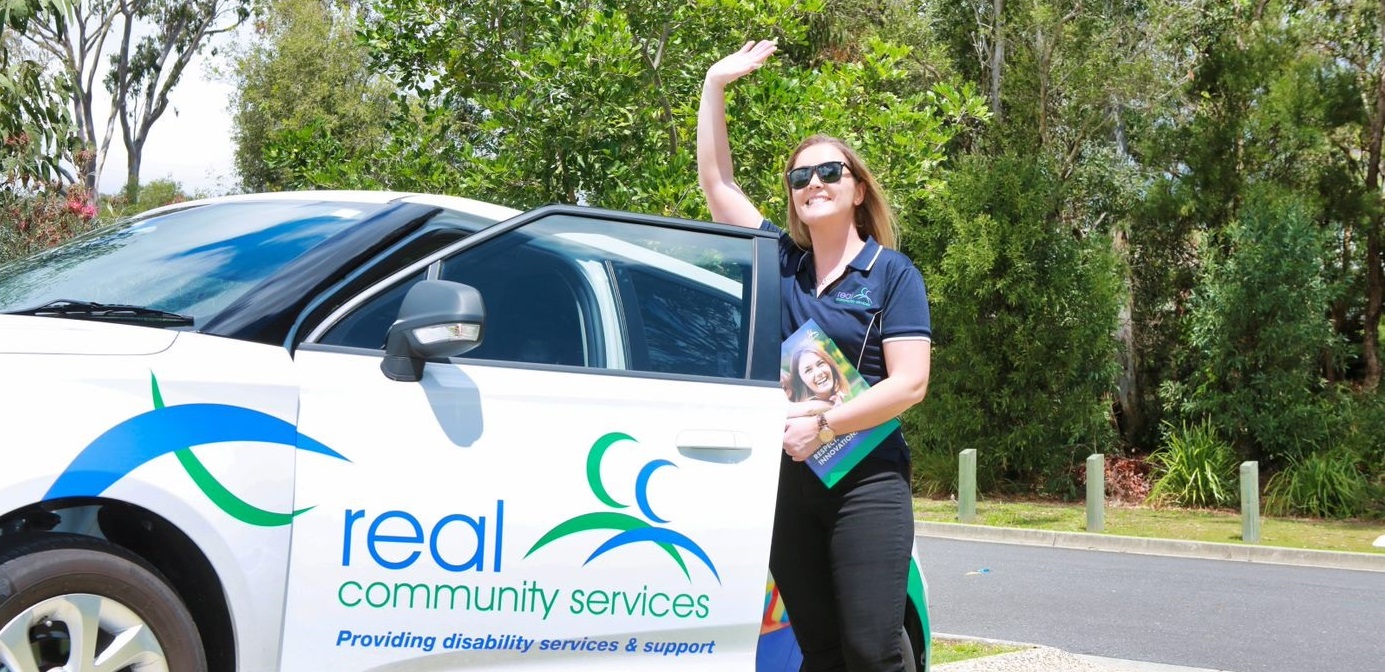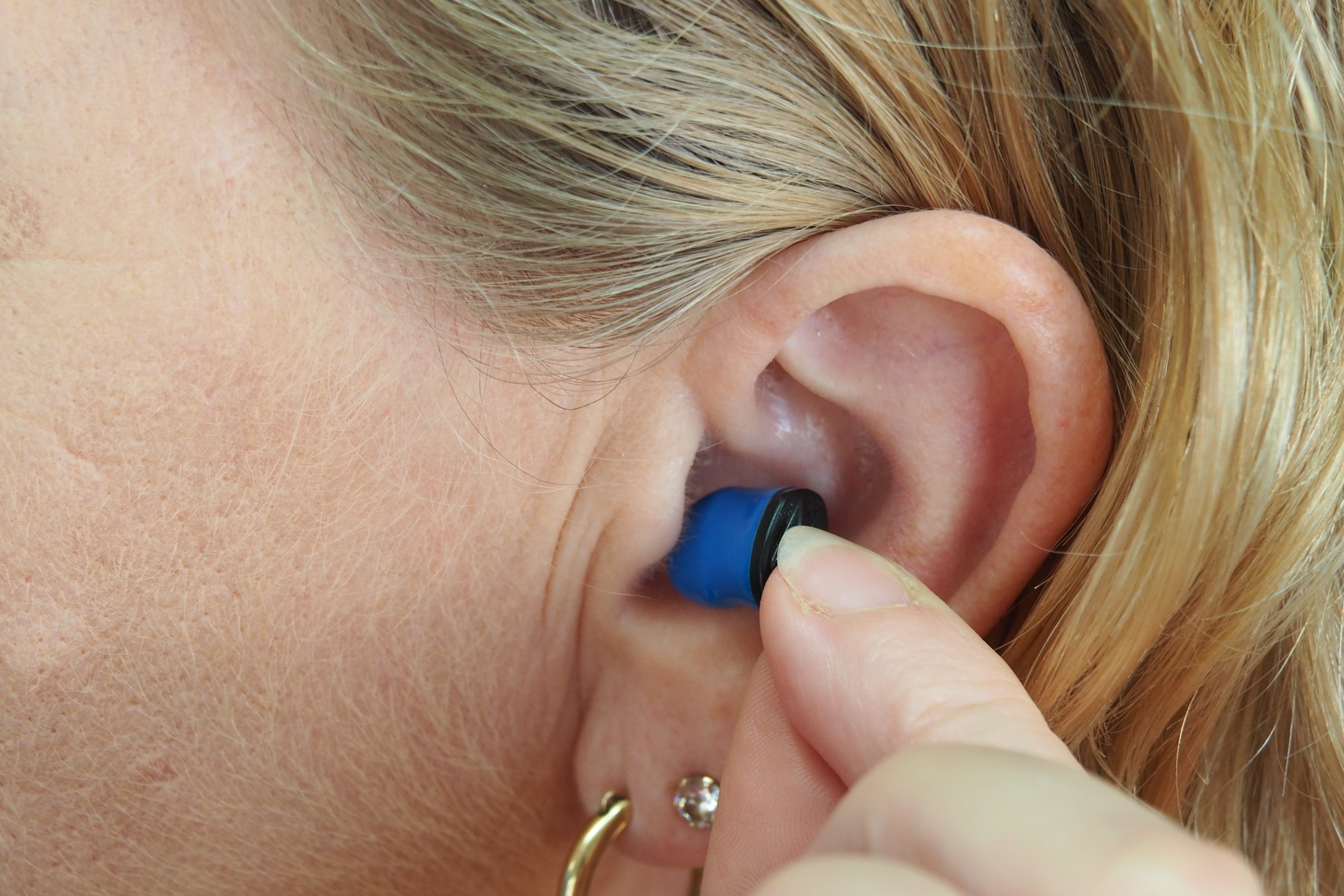Sensory processing disorders occur when a child has difficulty receiving and appropriately responding to information from their senses. This may result in an aversion to sensory triggers like light, sound, touch, taste, or smell. Symptoms may include feeling uncomfortable in clothes or shoes, saying that lights are too bright or sounds are too loud, being particular about foods due to their textures, tastes, or smells, appearing restless or fidgety, failing to notice social cues or respect personal space or having poor motor coordination, particularly in sports or physical activities.
There are some great tools to help both in the classroom and at home, here are our top tips for sensory gifts and comfort items.
1. Sensory Seating
Movement is essential to developing central nervous system sensory needs in children. This often sits at odds with expectations that children sit still and concentrate in class. Some schools have introduced wiggle seats which allow children to move on their chairs and create a slight bouncing sensation.
Balance Cushions can also create this sensation by allowing children to move whilst staying seated. Also called Move n Sit, Wobble Cushion, Disco, or Wiggle Seat. This cushion is portable and can be taken with you to use in all environments where being seated is necessary.

2. Fidget Toys
Keeping hands engaged in simple repetitive movements can help the user focus and effectively “tune out” other stimuli. Many adults also benefit from this distraction – the craze fidget spinners created is a testament to their popularity. The range of fidgets available is wide and varied and they provide tangible benefits in a learning environment.

3. Calming
Anxiety can be a by-product of living with a sensory disorder and using tools to calm these feelings is effective. Weighted blankets can assist with calming restless movements of tapping feet or kicking when sitting or help calm children in situations where they feel anxious. Weighted lap blankets can also be used across shoulders as a shawl whilst standing.

4. Oral Sensory
Providing nutritionally balanced and sensory meals with varied textures and flavours can address oral sensory needs in some children. Others may require more stimulation through chew toys. Coming in the form of jewellery or handheld toys – Special Needs Australia and Sensory Tools Australia both have great ranges of oral sensory toys.

5. Swings and Pods
Rotary movement is one of the most powerful forms of vestibular stimulation and introducing sensory swings with their rhythmic movement is beneficial. Vestibular activities can be calming and soothing and give the body the chance to recharge and relax.

Many of the tools we have recommended can be implemented as part of your approved NDIS plan. At Real Community Services our Support Coordinators will support you to understand and implement the funded supports in your plan and link you to the community, mainstream, and other government services. A Support Coordinator will focus on supporting you to build skills and direct your life by connecting you to providers who assist in these areas.

















